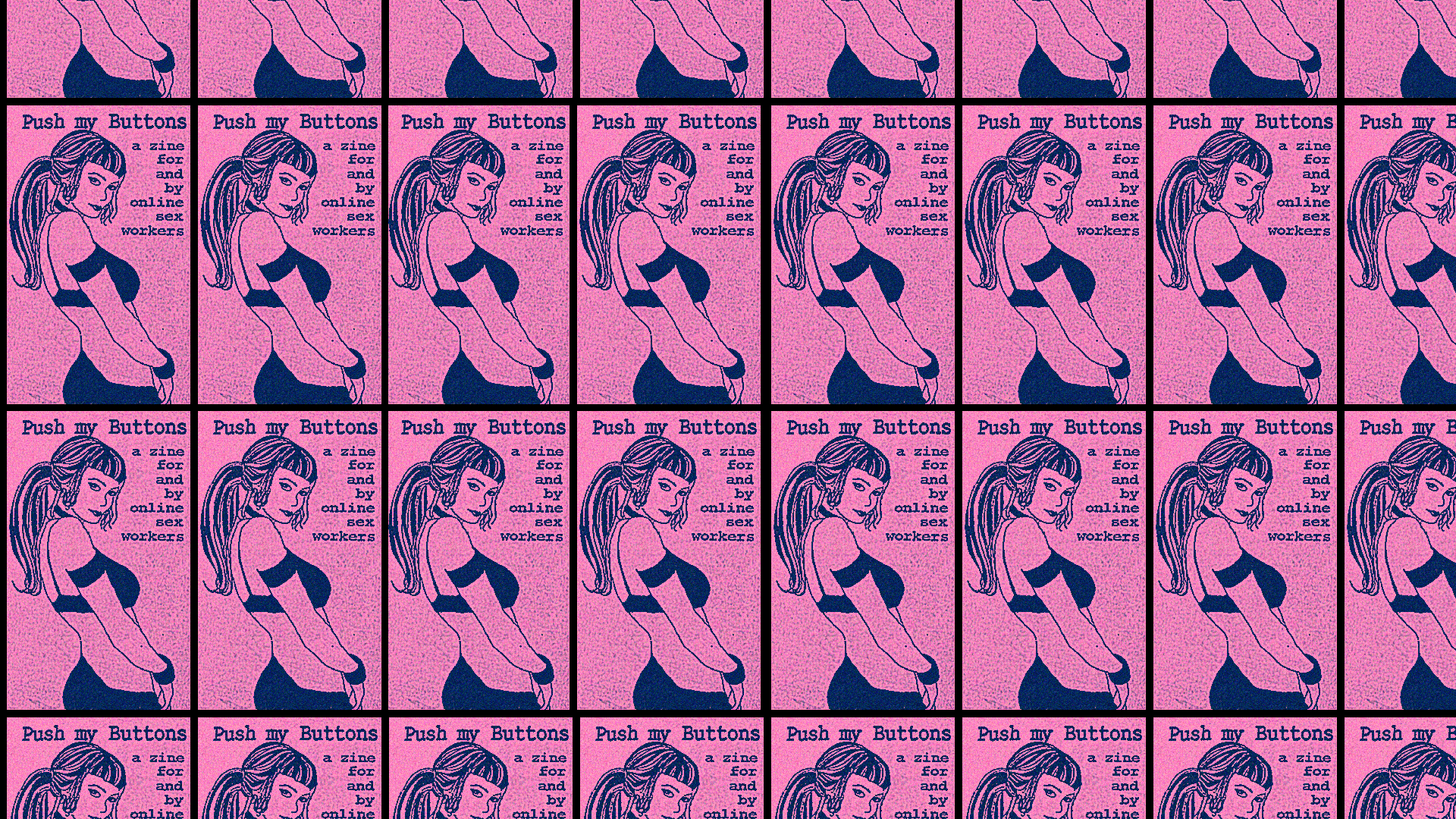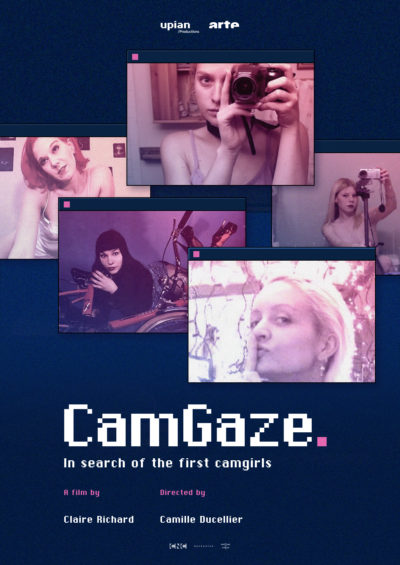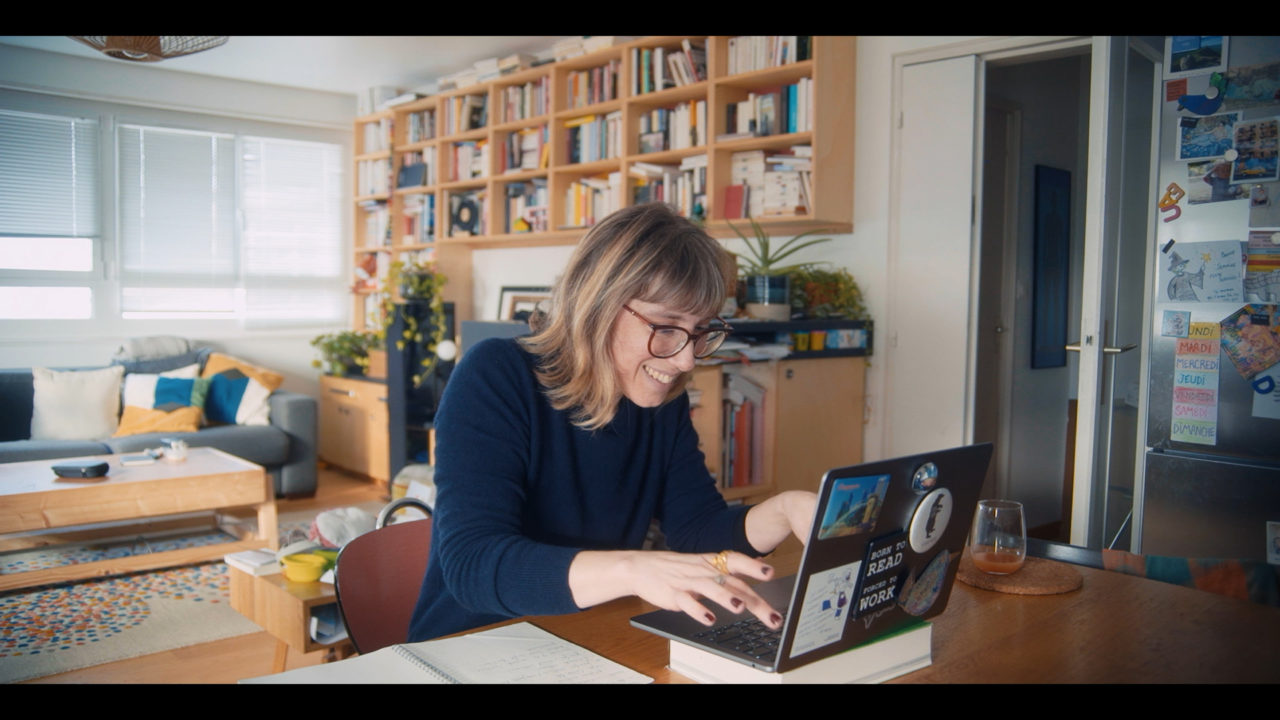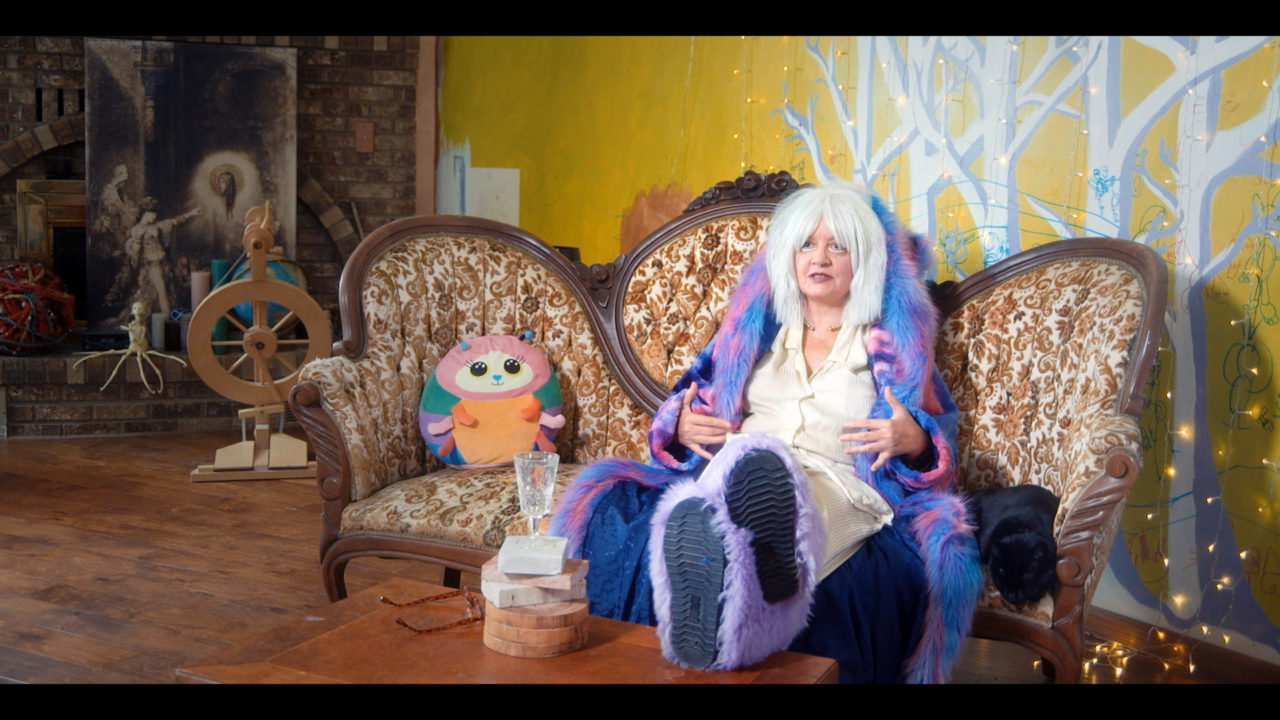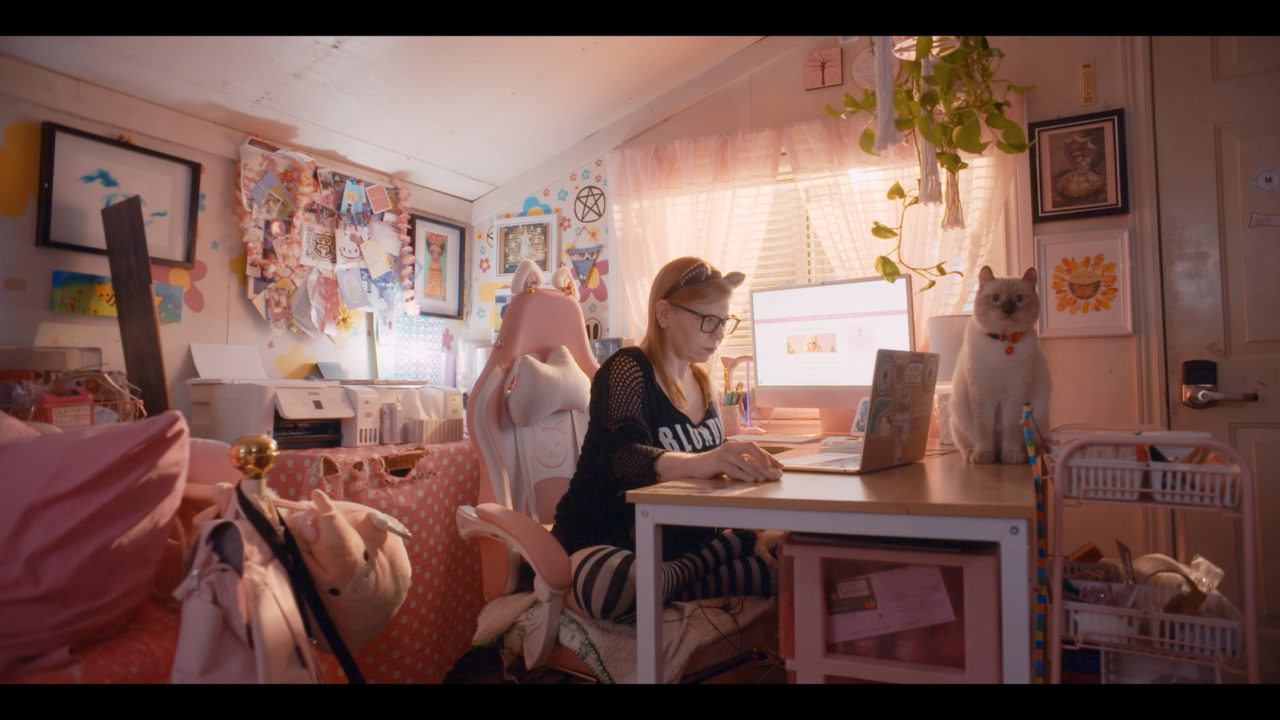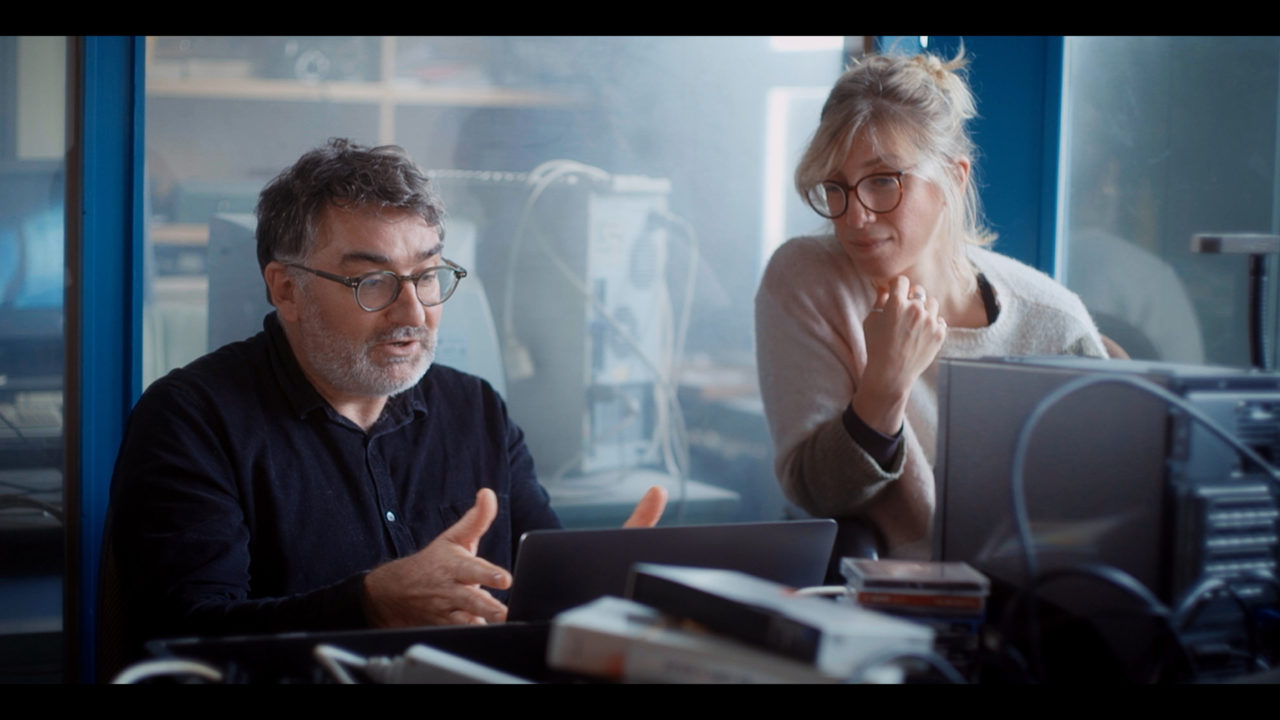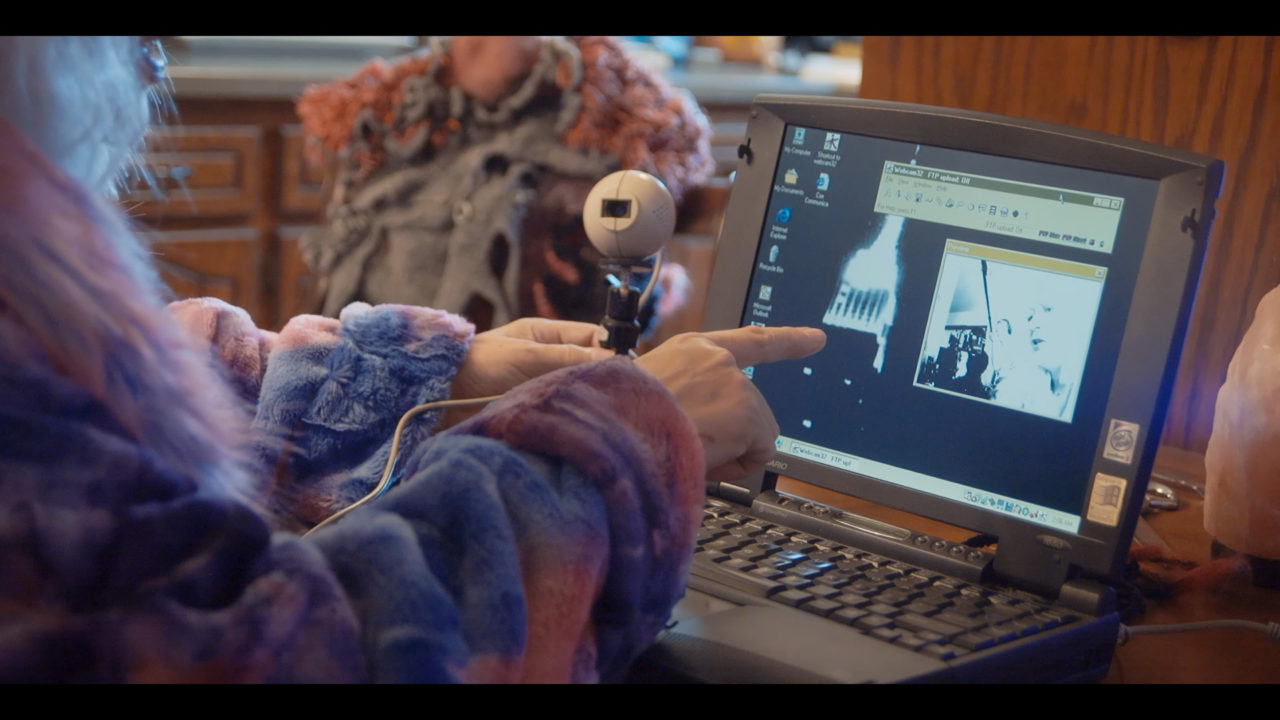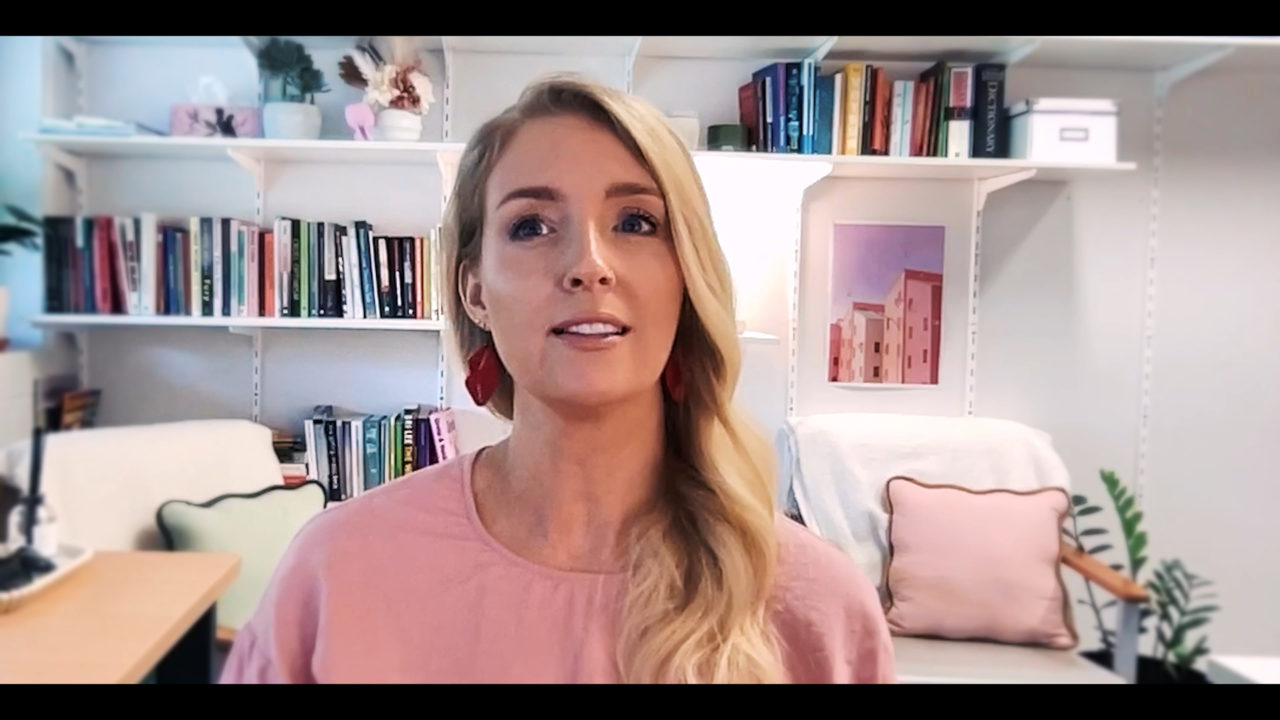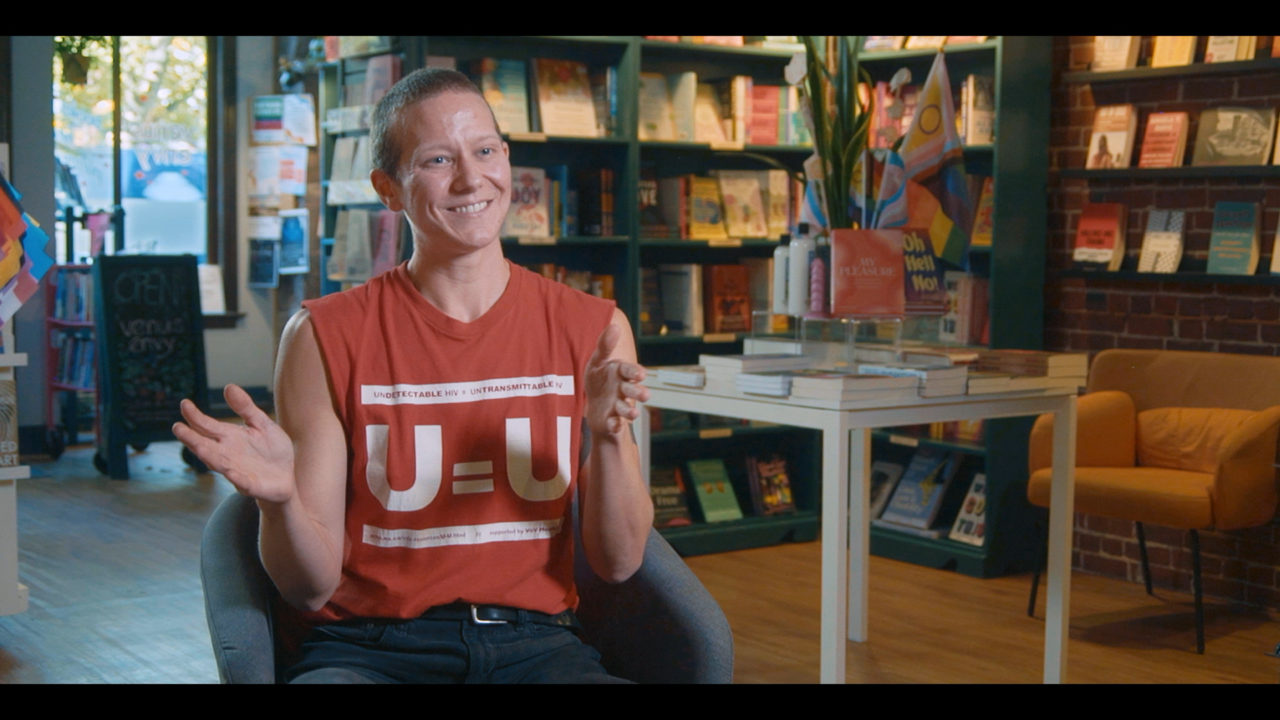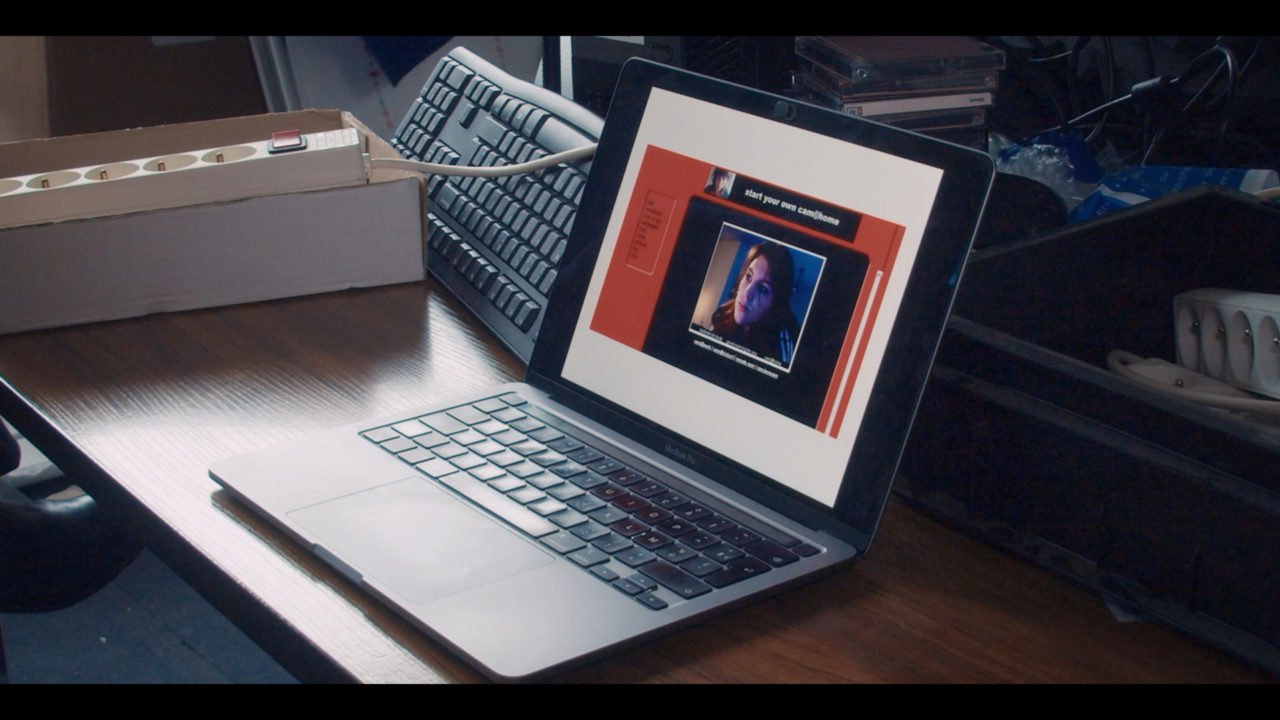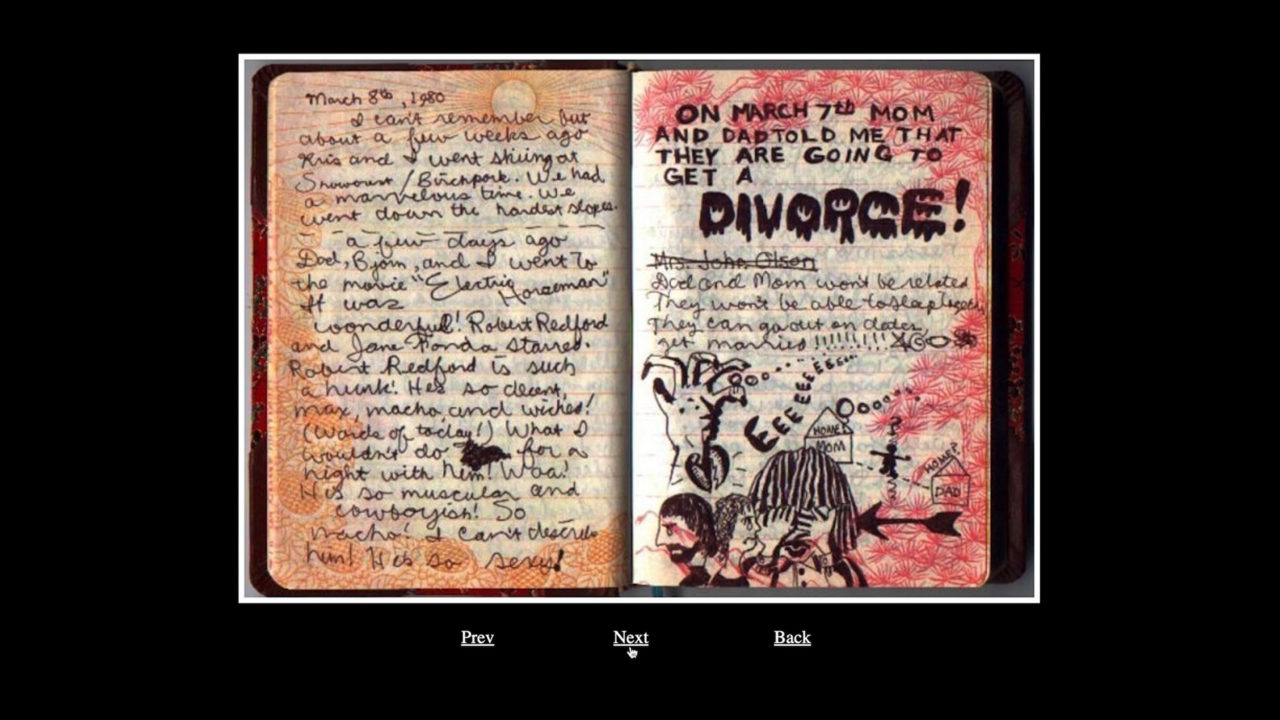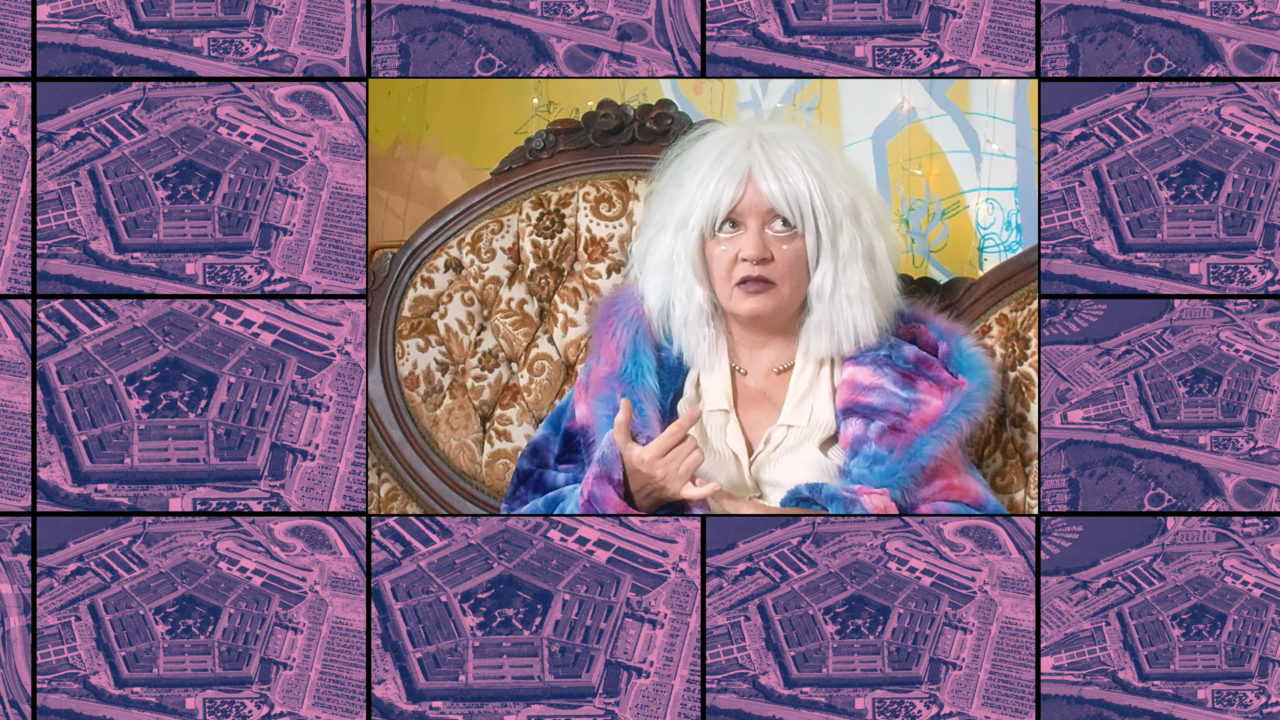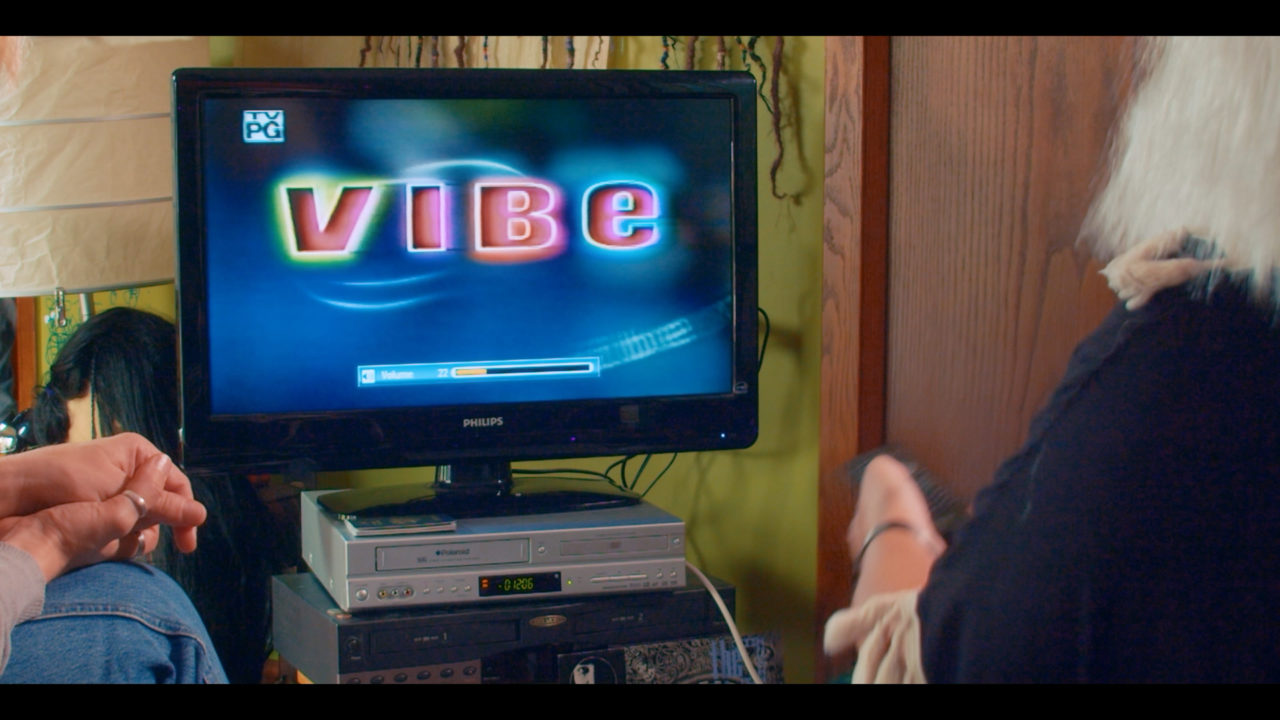Videos of girls and women populate our social media feeds and our phones. We never tire of watching them, liking them, judging them. But why?
Claire Richard, a journalist and author specializing in digital technology, is rather critical of technology, but she is fascinated by girls who film themselves. Curiosity, obsession, repulsion, moral judgment, and sometimes even a touch of envy… she is assailed by contradictory feelings: is it superficial or empowering? Liberating or alienating?
“I oscillate between two positions: on the one hand, telling myself that by filming themselves, these young women are bringing together huge communities of girls, shaping their lives and emancipation, and that if that isn’t feminist, then someone needs to explain to me what is. On the other hand, I tell myself that they are doing so by reproducing hackneyed codes of femininity, by bowing to the algorithmic logic of the attention economy designed primarily to enrich all the GAFAM, and that if that’s not alienating, then someone needs to explain to me what is. »
— Claire Richard
To understand this, we need to go back to the beginning, when a 19-year-old woman first had the idea of setting up a webcam in her bedroom and connecting it to the whole world. Her name was Jennifer Ringley, aka Jennicam, and she was the first person to live her life in full view of « internet users » and become famous for it. But Jennifer Ringley has vanished from the internet. No Facebook page, no Instagram account, no LinkedIn profile. Just a few interviews given to Anglo-Saxon media outlets.
Following in her footsteps, Claire delves into the web of the 1990s, created by and for young white men. She meets camgirls who worked at the same time as Jennicam. Ana Clara Voog, Val Weber, Ducky Doolittle, and Sunny Crittenden tell her how they rethought intimacy, creating a social experience that challenged ultra-formatted television and gender norms. She interviews Nicolas Thély and Emma Maguire to understand what has really changed on the internet over the past 30 years.
“At the intersection of a road trip and an archival film, this poetic investigation follows Claire’s perspective on this journey about a woman ahead of her time. (…) The documentary « Cam Gaze, in search of the first camgirls » is a passionate, vibrant, moving, poetic, funny investigation, full of formal explorations.”
— Camille Ducellier
Episode 1: In search of the first camgirls
In 1996, the web was four years old. Jennicam was a student in Pennsylvania when she plugged in a webcam that filmed her bedroom 24 hours a day. Her goal? To put on a performance, to show life as it is, including acne and boring evenings. She became the first internet celebrity in history.
Today, Jennicam is nowhere to be found. Following in her footsteps, Claire Richard discovers other archives, other women who, at the same time, used webcams as a means of expression. Anacam, Ducky Doolittle, and Sunny Crittenden recount how they changed the internet. By deciding on the setting and recounting their lives without filters, they paved the way for thousands of descendants who now reign over the internet.
Episode 2: Camgirls take control of the camera
The 1990s also saw the advent of reality TV and the male gaze in cinema. The media talked about the exhibitionism of camgirls, without mentioning anything else, like the fact that they code.
By deciding to reveal themselves on their own terms, camgirls are constructing a different view of female nudity, without entirely rejecting gender norms but negotiating with them. Some flirt with eroticism, others fully exploit the sexual potential of the webcam. A new business is emerging, initially artisanal but now dominated by major payment platforms such as PayPal and Mastercard. This is the paradox of the Internet: the democratization of desire is accompanied by ever-increasing monetization.
Episode 3: The downfall of webcams
From the outset, camgirls have faced online harassment and misogyny. Like today’s influencers, they are attacked and threatened. And that’s not the only difficulty they encounter: how can they continue to attract public interest? Jennicam then invented a new format: vlogs… But in 2002, she turned off her webcam for good. After her, webcams shut down one by one. The internet was changing profoundly. Social networks replaced personal pages, and the audience became more diverse and democratic. In this new internet, the memory of camgirls faded away.
Camille Ducellier
Multimedia artist and writer-director Camille Ducellier has been exploring the diversity of bodies, genders, and minority cultures since 2010. Her work, which combines documentary, digital art, and sound creation, revisits the archetype of the witch from a feminist perspective. She has created several notable series—Gender Derby, Chef.fe, and Sorcière Lisa—and has been a member of CNC commissions since 2023. She is also the author of Guide pratique du féminisme divinatoire (Cambourakis, 2018).
Claire Richard
Author and documentary filmmaker Claire Richard is interested in the links between the personal and the political, digital cultures, and collective struggles. She is the author of Les Chemins de désir (2019) and Des Mains heureuses (2023, Seuil), as well as several award-winning fiction and audio documentaries in France and internationally (Prix Italia, Prix Europa, Prix Télérama, etc.). Often using hybrid forms, she explores ghosts, piracy, and community health, among other topics, with a sensitive and contextualized approach focused on writing and voice editing.
